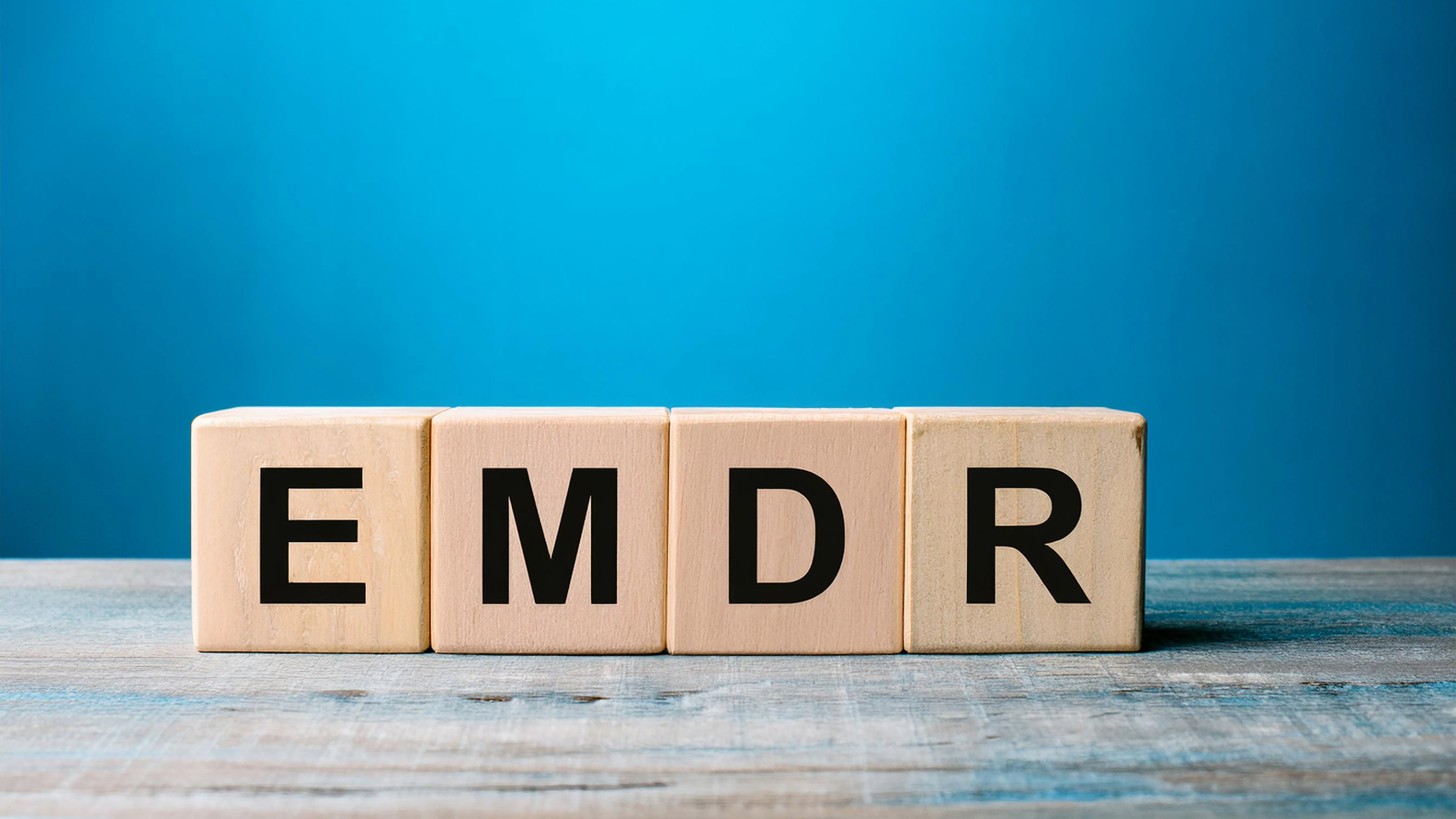EMDR Therapy: Rewire Your Brain and Break Free from Trauma
EMDR therapy is changing the way we heal from trauma—without endless talk therapy. In just 5 minutes, you’ll discover how it rewires the brain for lasting relief. Curious if it’s right for you? Let’s break it down.
A pounding heart. A flash of a painful memory. That uneasy feeling that won’t let go. Trauma lingers, sometimes in ways you don’t expect. But what if your brain could finally process those experiences and let them go for good?
EMDR therapy helps your mind do exactly that. Instead of spending years talking through the past, this structured approach rewires how your brain stores distressing memories—so they stop hijacking your present.
What Is EMDR Therapy?
Imagine a wound that never quite heals. Every time you brush against it, the pain flares up again. Trauma works the same way—trapped in the brain, raw and unresolved.
EMDR (Eye Movement Desensitization and Reprocessing) therapy acts like the body’s natural healing process but for the mind. It helps reprocess painful memories so they lose their grip—not by erasing them, but by making them feel like the past instead of an open wound.
Back in the 1980s, psychologist Francine Shapiro noticed something unexpected. As she moved her eyes back and forth while recalling a distressing memory, the emotional weight started to fade. That small discovery turned into a groundbreaking therapy, now used worldwide to treat PTSD, anxiety, phobias, and more.

How EMDR Works: The 8-Step Process
Every session follows a structured process, designed to ease your brain into healing at its own pace.
1. History & Treatment Planning
First, your therapist helps map out the places where trauma still lives—memories, triggers, emotions that hit like a gut punch.
2. Preparation
Think of this as mental strength training. Before diving deep, you’ll learn grounding techniques to stay present and in control.
3. Assessment
Here, you’ll focus on a specific memory. Not just what happened, but how it feels in your body—a clenched jaw, a racing pulse, a sense of dread.
4. Desensitization
Now, the reprocessing begins. As your therapist guides your eyes, taps your hands, or plays alternating sounds, the memory starts shifting. Emotions loosen. The intensity fades.
5. Installation
This is where transformation happens. That old belief—”I’m powerless”—gets replaced with something new: “I am strong. I am safe.”
6. Body Scan
Even if your mind feels lighter, your body may still hold tension. A quick check ensures no traces of stress remain.
7. Closure
You won’t be left in an emotional whirlwind. Before the session ends, you’ll feel grounded, calm, and ready to move forward.
8. Reevaluation
At your next session, you’ll see how much lighter that once-heavy memory feels—and decide what’s next.
What Does Bilateral Stimulation Feel Like?
Picture watching a tennis match—eyes moving back and forth as your brain tracks the ball. That motion does something powerful: it engages both sides of the brain, allowing stuck memories to process in a way they couldn’t before.
Therapists use different methods to trigger this effect:
🔹 Eye movements – Following a moving light or hand
🔹 Tactile tapping – Gentle taps on your hands or shoulders
🔹 Auditory cues – Alternating tones in each ear
The result? Your brain unsticks itself—turning trauma from something that controls you into something that just… exists, without power over your emotions.
Who Can Benefit from EMDR?
EMDR isn’t just for PTSD. It’s for anyone who feels trapped by their past.
💠 Anxiety that won’t let go
💠 Panic attacks that hit out of nowhere
💠 Grief that still feels raw years later
💠 Phobias that make no logical sense
💠 Memories that feel as fresh as the day they happened
If your past is interfering with your present, EMDR can help your brain let it go.
Is EMDR Right for You?
If you’ve ever felt stuck in an emotional loop—knowing a fear isn’t rational but feeling it anyway—EMDR may be exactly what you need.
✔️ You’re ready to process old wounds instead of just coping with them.
✔️ You want healing that’s deeper than just talking about what happened.
✔️ You can handle some emotional discomfort knowing it leads to relief.
However, EMDR may not be the best fit if you:
⚠️ Are in active addiction and need stabilization first
⚠️ Have frequent dissociation and need additional support
⚠️ Have a recent trauma where immediate safety is the priority
How Does EMDR Compare to Traditional Talk Therapy?
| Feature | EMDR Therapy | Traditional Talk Therapy |
|---|---|---|
| Focus | Reprocessing memories | Exploring thoughts, emotions, behaviors |
| Method | Bilateral stimulation | Verbal discussion |
| Need to Relive Trauma in Detail? | No | Often, yes |
| Treatment Length | Can be shorter | Often long-term |
EMDR doesn’t require digging up every painful detail. Instead, your brain does the work—freeing you from the emotional charge without needing to relive the pain.
Common Myths About EMDR
🚫 “EMDR erases memories.”
✅ No—it just removes the pain attached to them.
🚫 “EMDR is like hypnosis.”
✅ You stay fully aware and in control the entire time.
🚫 “EMDR is only for PTSD.”
✅ It works for anxiety, phobias, grief, and even performance anxiety.
🚫 “EMDR is a quick fix.”
✅ Some people see fast results, but lasting change takes multiple sessions.
🚫 “EMDR will make me relive my trauma.”
✅ You recall it, but without getting stuck in the pain.
How to Find a Qualified EMDR Therapist
Not all therapists are trained in EMDR. Experience matters. When searching, look for someone who:
🔹 Completed an EMDRIA-approved training
🔹 Is an EMDR Certified Therapist or Consultant
🔹 Has experience treating your specific concerns
🔹 Makes you feel safe and supported
A good therapist guides you through healing—not just listens to your pain.
Ready to Finally Let Go?
If your past still feels too present, EMDR therapy can help you move forward. It’s not about forgetting. It’s about processing, healing, and reclaiming your life.
Want to see if EMDR is right for you? Contact us today to schedule a consultation.



